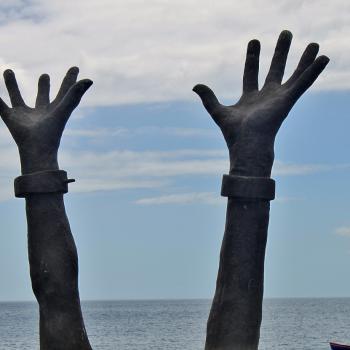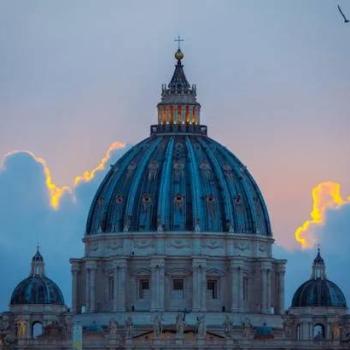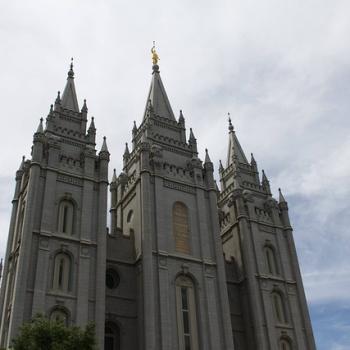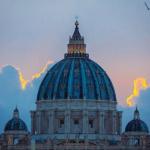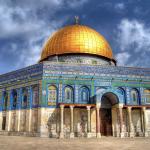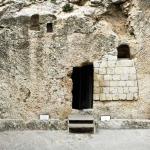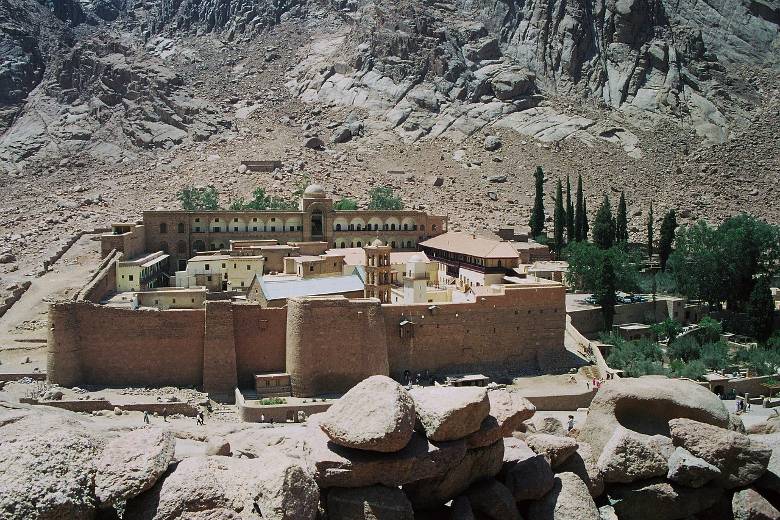
THE RELIGION GUY’S ANSWER:
Why would anyone wonder about the sacred spot where God through Moses revealed the Ten Commandments and other biblical laws? Just look at the name. Doesn’t everybody know that Mount Sinai must of course be on the Sinai Peninsula and, specifically, at a long-venerated location there?
And yet a New York Times feature on June 25 reported that since Saudi Arabia opened up to tourists in 2019, some U.S. Christians have regularly traveled to the nation’s northwestern corner east of the Gulf of Aqaba and south of Jordan, to view what they insist is the true location – oddly enough, within Islam’s founding nation!
As the Times reported, the Arabia claim has been promoted by evangelical Christian tour guides, adventurers and treasure-hunters through popular books, Internet articles and videos. But there’s far more to it. Well-credentialed scholars of the Bible and ancient history in the Near East have proposed this location, which has been gaining ground in recent decades.
At least 13 locations for Mount Sinai (also called Mount Horeb in the Bible) have been proposed, according to the 1993 commentary on the Book of Exodus by Sweden’s Goran Larsson. Jewish tradition never preserved the identity of any location. In fact, Christians are far more interested in the question than Jews, who are more focused on historic sites in the Holy Land. Israeli skeptics and secularists even doubt the entire story about Moses and God’s giving of the Torah.
An article like this can only sketch a vigorous and highly complex debate, so interested readers are invited to explore the matter, starting with resources listed below.
To begin, it’s worth considering a proposed Mount Sinai location within present-day Israel in the southwestern sector of the arid southern wilderness known as the Negev. Specifically, the highest peak there, known as Har Karkom (“Mountain of Saffron”). The chief proponent has been Italian archaeologist Emmanuel Anati, who devoted his career to work in this region. He believed the topography and archaeological remains best fit the Sinai requirements, as argued in his “The Riddle of Mount Sinai” (2001). This was a worship center long before Israel’s Exodus from Egypt. A 2013 scholarly conference in Israel, complete with a daunting trek to the remote site, discussed this theory, but it remains much the minority view.
That leaves two main contenders embraced by specialists, the long-held traditional site on Egypt’s Sinai Peninsula and the renewed excitement about present-day Saudi Arabia.
As early as the 3rd Century A.D., Christian pilgrims visited the Egyptian location and applied the “Mount Sinai” name to the peak that came to be called Jebel Musa (Arabic for “Mountain of Moses”). The site was mentioned by the 4th Century church historian Eusebius, and consolidated by the 6th Century when the Emperor Justinian built the still-active St. Catherine’s Monastery at the foot of the mountain. (Some have instead contended that the terrain makes Jebel Sin Bishar in the west central section of the Sinai Peninsula a more likely site for a large Israelite encompment.)
Despite exhaustive archaeological examinations, no remains survive that would verify a large Israeli settlement there – which is also true regarding all proposed Sinai routes that followed the Exodus. Defenders of Bible history such as Associates for Biblical Research in Akron, Pennsylvania, reply that this is not surprising for temporary settlements by nomads who’d have had a simple material culture. An archaeologists’ maxim reminds us “absence of evidence is not evidence of absence.”
Another problem is the contention that Egyptian turquoise mines in the southern Sinai would have made a route down there ill-advised for Moses and his followers. Against that is the assertion that Egypt only posted permanent military garrisons in the north and the mining expeditions to the southern Sinai were sporadic.
Proponents of this tradition also cite Deuteronomy 1:2, where Moses says the holy mount is “eleven days’ journey from Kadesh-Barnea,” which is said to limit the likely possibilities to somewhere on the Sinai Peninsula.
As for Arabia, proponents of that location interpret ancient writings as providing circumstantial support long before Christian pilgrimages in Egypt began. Advocates published cases for Arabia in 1878, 1926, and 1952 and 1978. Frank Moore Cross, an eminent historian of the ancient Near East at Harvard University, generated new interest by proposing the Arabia location in a 1992 interview in Bible Review. That magazine’s editor, Hershel Shanks, became a supporter of the idea, which Cross repeated in his 1998 work “From Epic to Canon.” Then came assorted popular writings and explorations.
The Arabian scenario has been elaborated in doctoral dissertations by Ulisses Da Silva at the London School of Theology and Charles A. Whittaker at Louisiana Baptist University, and in articles by religious historian Allen Kerkeslager of Saint Joseph’s University. This view is also championed by the Doubting Thomas Research Foundation of Brandon, Florida, which despite its cute name is devoted to upholding the historical accuracy of the Bible.
A key aspect of this claim is the wide consensus that the Bible’s land of Midian was located in this general rugged area. Midian is where Moses settled and married after fleeing from Egypt, and then received God’s call from the burning bush. Most Arabia proponents identify Mount Sinai as Jebel al-Lawz (“Mountain of Almonds”) near the town of Al-Bad. Some favor instead the region’s Jabal Maqla (“Burnt Mountain”).
There’s a related proof text in the New Testament, Galatians 4:25, where Paul states that Hagar, foremother of the Jews’ Arab cousins, personified “Mount Sinai in Arabia.” Advocates of the Egypt theory, however, contend that in that era “Arabia” was a very broad designation that could well have included the Egyptian peninsula.
With all the scholarly and popular speculation, the truth is that nobody can fairly assess this theory unless Saudi Arabia’s regime permits full access and extensive work by experts in ancient archaeology. Chapter 7 of the Quran parallels the Bible regarding the Exodus and God’s revelation of the sacred tablets at al-Tur (“The Mount”), which is elsewhere named “Sinai” (23:20, 95:2). Nonetheless, there’s no indication the Saudis have any interest in serious examination of their proposed link with the Quran and the Bible.
For further reading:
A detailed case for location within Israel: www.harkarkom.com/
A detailed case for location within Egypt: https://biblearchaeology.org/faq/4252-where-is-mount-sinai/
For a detailed Saudi Arabia case, search for Da Silva’s dissertation title “A Study on the Traditions Concerning the Location of Mount Sinai” at www.academia.edu/. Also there’s a Kindle version titled “The Mountain of the Supreme God.” Whittaker’s dissertation is posted here: https://jabalallawz.weebly.com/.
Those interested in following such debates on Bible history should consider subscribing to the non-sectarian Biblical Archaeology Review, including access to its extensive archive, at www.biblicalarchaeology.org/magazines/.




